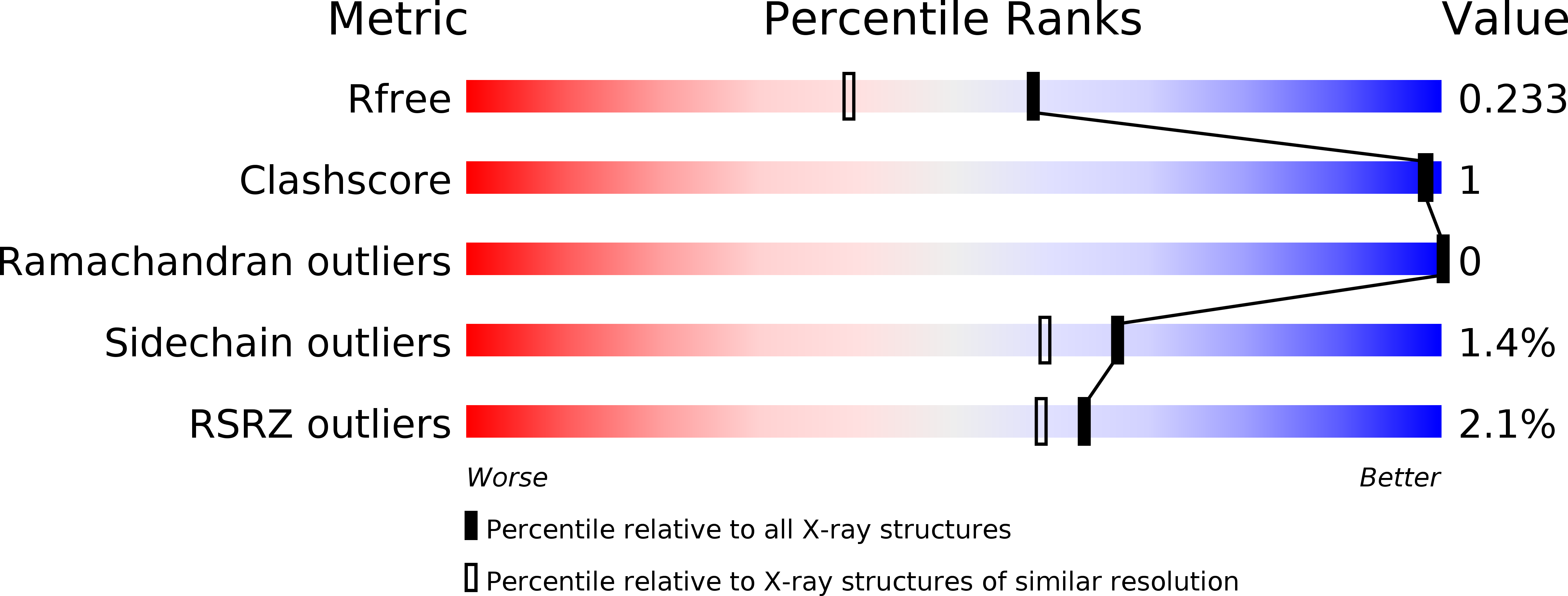
Deposition Date
2011-01-21
Release Date
2011-08-31
Last Version Date
2024-05-08
Entry Detail
PDB ID:
2Y6F
Keywords:
Title:
Isopenicillin N synthase with AC-D-S-methyl-3R-methylcysteine
Biological Source:
Source Organism:
Host Organism:
Method Details:
Experimental Method:
Resolution:
1.79 Å
R-Value Free:
0.22
R-Value Work:
0.17
R-Value Observed:
0.17
Space Group:
P 21 21 21


